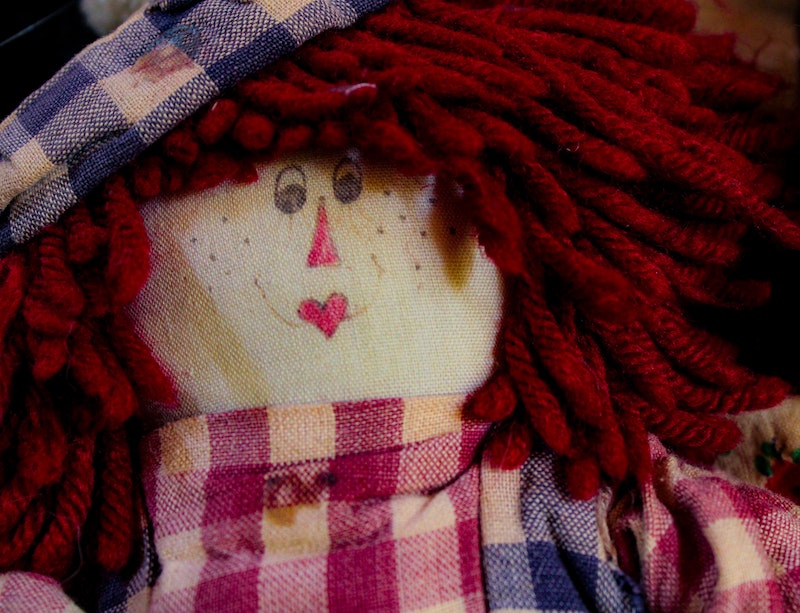New research provides insights on how infants learn words

A new study from Indiana University has revealed more information about how infants begin to connect names with objects, a critical skill for later language development and a key milestone in human development.
Professor Linda Smith and Elizabeth Clerkin, a postdoctoral researcher, took the lead on the project, which sought to learn more about how infants begin to pair the words they hear with the everyday objects in their surroundings. When this happens for the first time, developmental psychologists describe it as “naming moments.”
“Our study shows that a different perspective is potentially needed to explain how infants are making these links by looking at the time outside naming moments,” Ms Clerkin said. “We focused on understanding how infants are developing their memories for the objects and categories more generally.”
The researchers believe that early language learning may be tied to memory representations that build up over time, rather than to repeated connections between words and objects.
To conduct their study, Professor Smith and Ms Clerkin looked at infants’ daily encounters with the objects in their surroundings, during which infants build up “a deep and robust familiarity” with their environment.
The researchers compiled a catalog of objects and the heard names of objects as they occurred in infants’ daily lives. They then considered how these experiences align with infant memory systems in a way that would make it possible to link objects and names at those scarce moments of co-occurrence.
“When scientists think about how it is that infants managed to learn words, they’ve traditionally focused on internal cognitive mechanisms,” Professor Smith said. “This assumption about co-occurring names and objects is not wrong, but if you look at the infants’ learning environment more broadly, you see their learning task—and the mechanisms by which this learning may occur—differently. We need to study the structure of these learning environments, not just the internal cognitive mechanism, because that will tell us more about what needs to be in place for children to learn language.”
A full understanding of the learning environment could enable researchers and clinicians to develop interventions for children who are considered “late talkers,” revealing ways in which the environment could be augmented to help children who are learning language more slowly than their peers.
This broader view of object name learning ultimately aligns with a memory system operating in the brain’s neocortex that is known to be functional in infancy and builds up memory representations over long stretches of time, Professor Smith added.
She added that when well-established memories are re-activated by new information, the new information is rapidly integrated into the existing memory. A single instance of hearing the word “table,” for example, will make sense when it is heard in the context of visual memories of a table.
It’s across these two “timescales of experience”—and the workings of the neocortical memory system—that the researchers assert infants make their first links between words and objects.
“The idea is that over long periods of time, traces of memory for visual objects are being built up slowly in the neocortex,” Ms Clerkin added. “When a word is spoken at a specific moment and the memory trace is also reactivated close in time to the name, this mechanism allows the infants to make a connection rapidly.”
To access the study in full please see here.
Popular

Quality
Practice
Provider
Research
Workforce
Honouring the quiet magic of early childhood
2025-07-11 09:15:00
by Fiona Alston

Practice
Provider
Quality
Research
Workforce
New activity booklet supports everyday conversations to keep children safe
2025-07-10 09:00:16
by Fiona Alston

Quality
Practice
Provider
Workforce
Reclaiming Joy: Why connection, curiosity and care still matter in early childhood education
2025-07-09 10:00:07
by Fiona Alston










